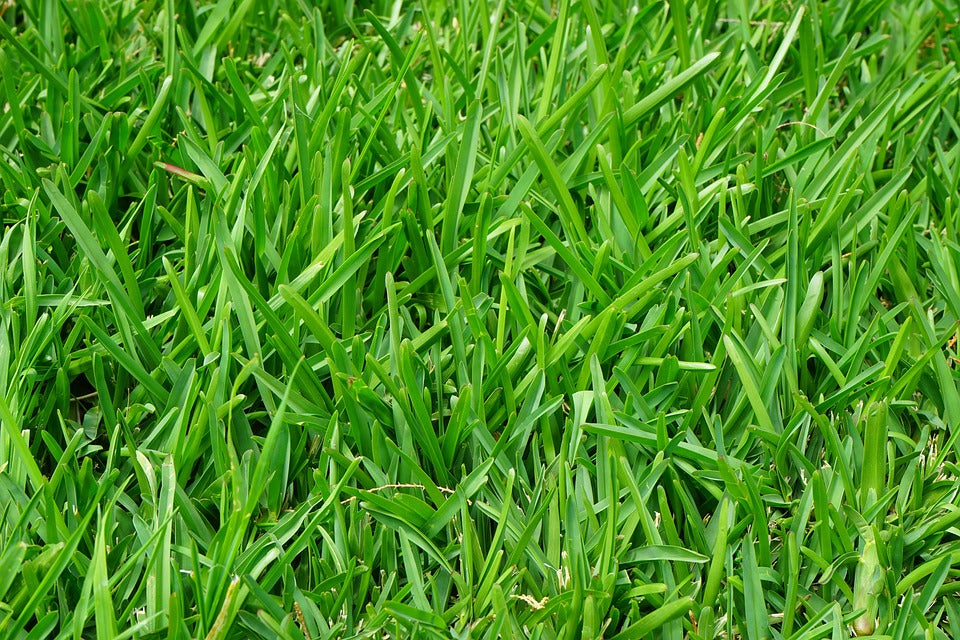
With another record-setting summer settling in over much of the US and Canada, we’re receiving a good many emails from gardeners, landscapers, and homeowners asking about how best to care for their plants when the temperatures go to the extremes. Hot weather conditions and extremes of heat can strain or even kill many common garden plants, and your lawn is no exception. Grass suffers from heat too, and while it is more resilient than many ornamental plants it does have its own needs and considerations. Lawn care in hot weather involves a combination of understanding, know-how, and vigilance, so let’s dig in!
Tips and Tricks for Hot Weather Lawn Care
- First and foremost, know your lawn and your grass. Different varieties of grass have different needs, and each lawn receives a unique mix of sun, shade, and drainage. By paying attention to your lawn, knowing what kind or kinds of grass and turf grow there, you can make better decisions about caring for it.
- Understand that grass has a season, too. Most lawn grasses in the US are cool-weather varieties like Kentucky Bluegrass or fescue. These thrive in temperatures between 65-75F/16-25C. When it gets much hotter than than this, they tend to go dormant. This is natural, but if you want to avoid it you’ll need to put the effort in to keep your lawn green, switch to another species of grass, or—better yet—allow native plantsto take over.
- Use proper mowing technique for hot weather. A well-tuned lawnmower with a sharp blade will ensure that grass is cut cleanly, allowing the plant to heal more quickly. When mowing, cut high—leaving your grass long will help protect both the plants and the soil from heat stress. A good rule of thumb is to leave it long and never remove more than 1/3 of the height at a time.


- Infrequent mowing is best in hot weather. Cutting pieces off of any plant increase the stress on that plant and requires it to spend more energy healing and growing. For grass on a lawn, this can cause it to go dormant for the hot season and turn brown. Mowing as little as possible is the best approach to hot-weather lawn care.

- Deep, infrequent watering is best. Unlike many vegetable plants or ornamentals, over-watering grass doesn’t really help when the mercury is climbing. In fact, many lawn experts recommend leaving the soil a little dry throughout most of the year. Daily watering isn’t necessary; a few times a week at most should do it.
- Water your grass early in the morning or in the evening when the sun is going down. The heat of the day speeds evaporation, robbing your grass of much-needed water. By harvesting early or late in the day, you’ll give your grass plenty of time to soak up the water it needs.
- Avoid fertilizing grass in hot weather! As tempting as it is to use fertilizer on brown grass, it’s really not effective and can be harmful. Fertilizer promotes new growth, which uses more energy at a time when grass is working hard to stay alive. This in turn stresses the plant and can lead to dead patches or worse.
- Keep off the Grass!Foot traffic, vehicle traffic, and other disruptions can damage already-struggling grass during hot weather, resulting in brown spots, ruts, or dust bowls that take a long time to heal. Give you grass a break, at least in ornamental areas, and stay off of it during the hottest parts of the year.
Hot weather can be a challenge for many lawns, but with a little attention to detail you can help your weather the summer and return to form when things cool down in autumn. Be patient, follow some basic guidelines, and don’t forget to keep yourself safe in the heat!

Leave a comment